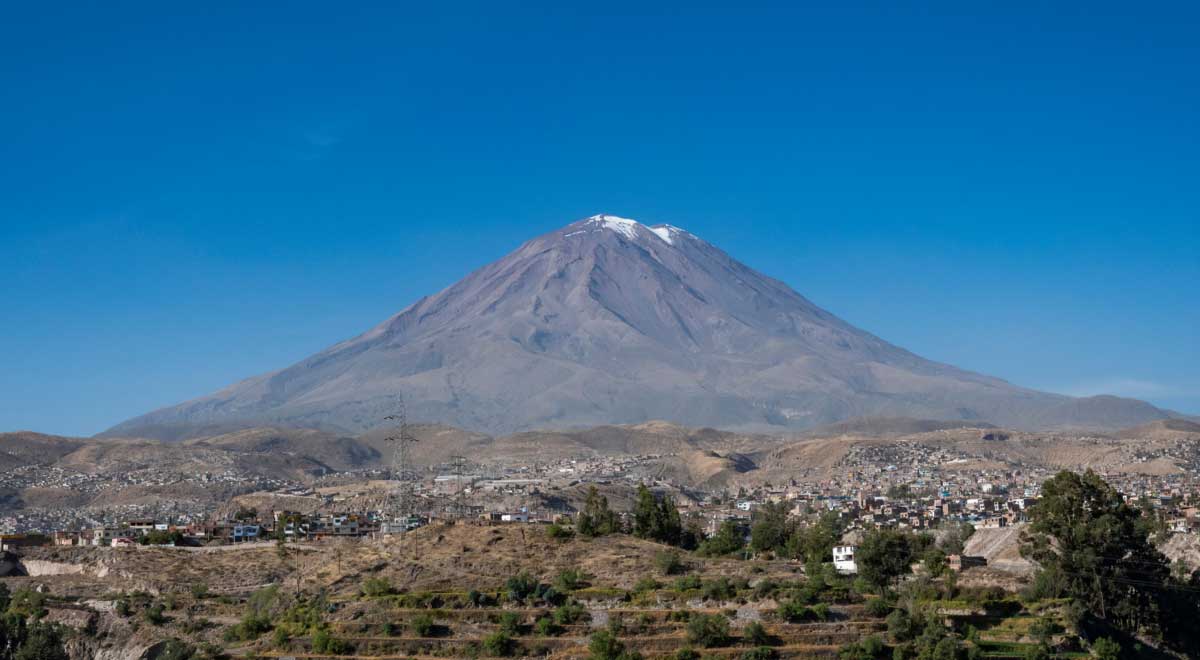Toxicological studies show that children sacrificed by the Incas 500 years ago on volcanic peaks were poisoned with coca leaves and hallucinogenic substances. They were conducted by an international team of scientists, which included researchers from Warsaw University and Nicolaus Copernicus University.
Ritual of Capacocha
Archaeologists already know about a dozen places in Peru, where about half a thousand years ago, on the tops of mountains or volcanoes, the Incas laid their children as part of the so-called capacocha ritual. Dagmara Soha, a bioarchaeologist from the Andean Research Center at the University of Warsaw in Cusco, has been studying these remains for several years thanks to a collaboration between CEAC and the Catholic University of Santa Maria in Peru. The second Pole participating in the study is Marzena Sikutera from the Collegium Medicum UMK in Toruń.
An article has just been published in the Journal of Archaeological Science: Reports, describing the results of a toxicological analysis of samples taken from two deceased children thrown to the top of the Ampato volcano in Peru.
One of the authors of the article, Dr. Johan Reinhard, found these remains decades ago thanks to a grant from National Geographic. They were buried in a sitting position under the top of the Ampato volcano at an altitude of 5800 m above sea level. One of the deceased children is kept in a special chamber at the Museo Sancturios Andinos in Arequipa, since he was preserved in the form of a frozen mummy.
Coca for the victims
The scientists took samples of the toenail of a six-year-old boy and the hair of a six-year-old girl. They found substances indicating that the children had chewed coca leaves. The substances contained in them increase blood pressure and stimulate, lead to a state of euphoria and well-being.
– Coca helps to better cope with altitude sickness. Perhaps the children came from the lower regions and could not stand the hike to the top of the volcano, which reaches a height of almost 6000 meters. m above sea level. Meanwhile, the priests wanted the children to be in a good mood, because their well-being could help appease the gods during the ritual, as a result of which the children were killed, explains Dagmara Soca.
“Liana of the Dead”
However, it turned out that the children also consumed a hallucinogenic drink called ayahuasca. It consists of the vine Banisteriopsis caapi. This name comes from the Inca language – Quechua and means “liana of the soul” or “liana of the dead.”
As Dagmara Socha explained, Banisteriopsis caapi contains harmine, which causes less hallucinations, agitation and arrhythmias, blurred vision, hypotension and numbness, and also has an antidepressant effect.
The researcher added that other plants are now added to the drink, but it is not known if this was also the case during Inca times. Among them, for example, is the highly hallucinogenic Psychotropia virdis, which contains tryptamines. Its action is enhanced in combination with Banisteriopsis caapi. However, only harmine was found in specialized analyzes.
“Perhaps the tryptamine was not preserved in the fossils, or the drink was less hallucinogenic, and its antidepressant effect was the primary goal of the Incas,” she suggested.
Intermediaries between gods and people
The Incas believed that at the time of the sacrifice, children would become intermediaries between gods and people.
– The Incas considered children clean and intact – their status was supposed to facilitate the persuasion of the gods to make certain decisions, – explains the co-author of the study.
The pilgrimage with children selected for sacrifice could last up to several months. Perhaps children were drugged to better endure this path or act as oracles and predict the future, scientists say.
– Children were chosen as victims not by chance – most often from among the most noble families of the province. It also happened that parents themselves reported their willingness to sacrifice their children for a specific purpose, for example, ending a drought. Their sacrifice on the top of the volcano by representatives of the Inca ruler was considered a great honor, she added.
Mystery of death
Anthropological studies of the boy showed that the natural pathways of the nerves and blood vessels are partially narrowed or blocked in the cervical vertebrae.
– It can cause circulatory problems and fainting. Perhaps for this reason he was chosen as a victim, because the priests could believe that he was chosen by the gods, the researcher believes.
Both of the children studied were struck by lightning – the remains of the boy were in very poor condition, as several lightning discharges could have hit him. Scientists believe that this happened after their death. And the impact of high temperatures is evidenced by traces of petrified earth in one of the graves and strong fires.
Archaeologists do not know what was the immediate cause of the children’s deaths. There are no visible blows to the skulls, as in other similar cases, so it is possible that the children were buried alive.

